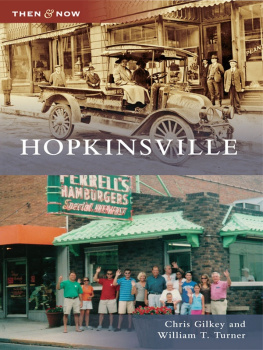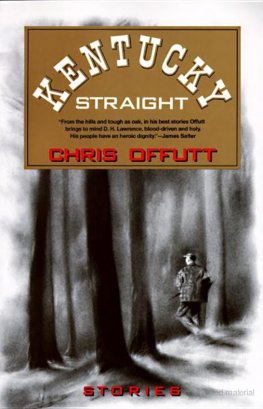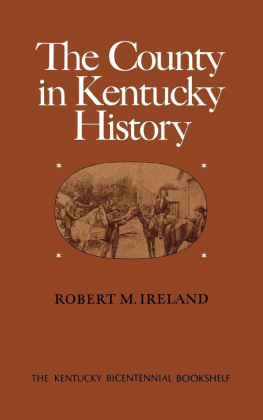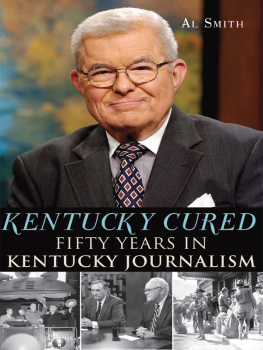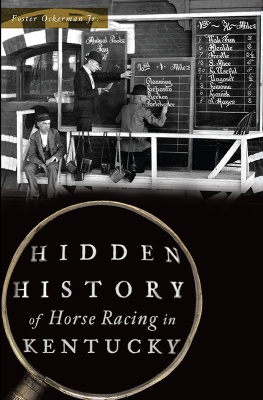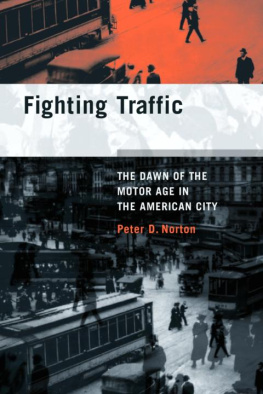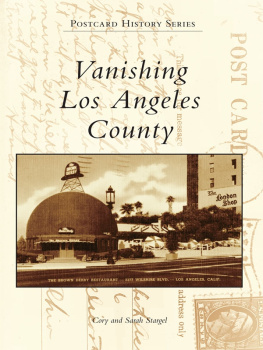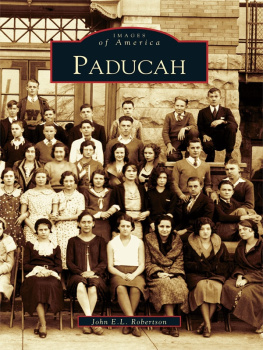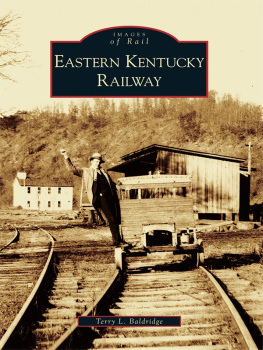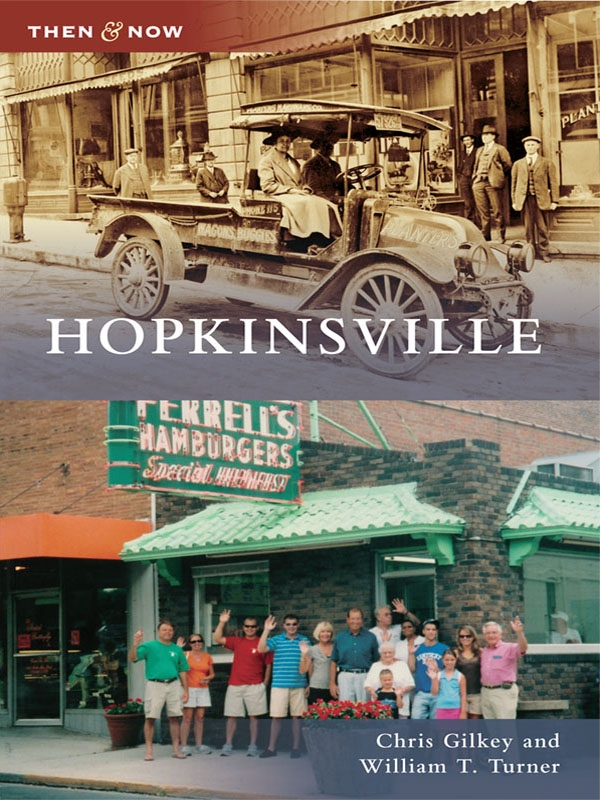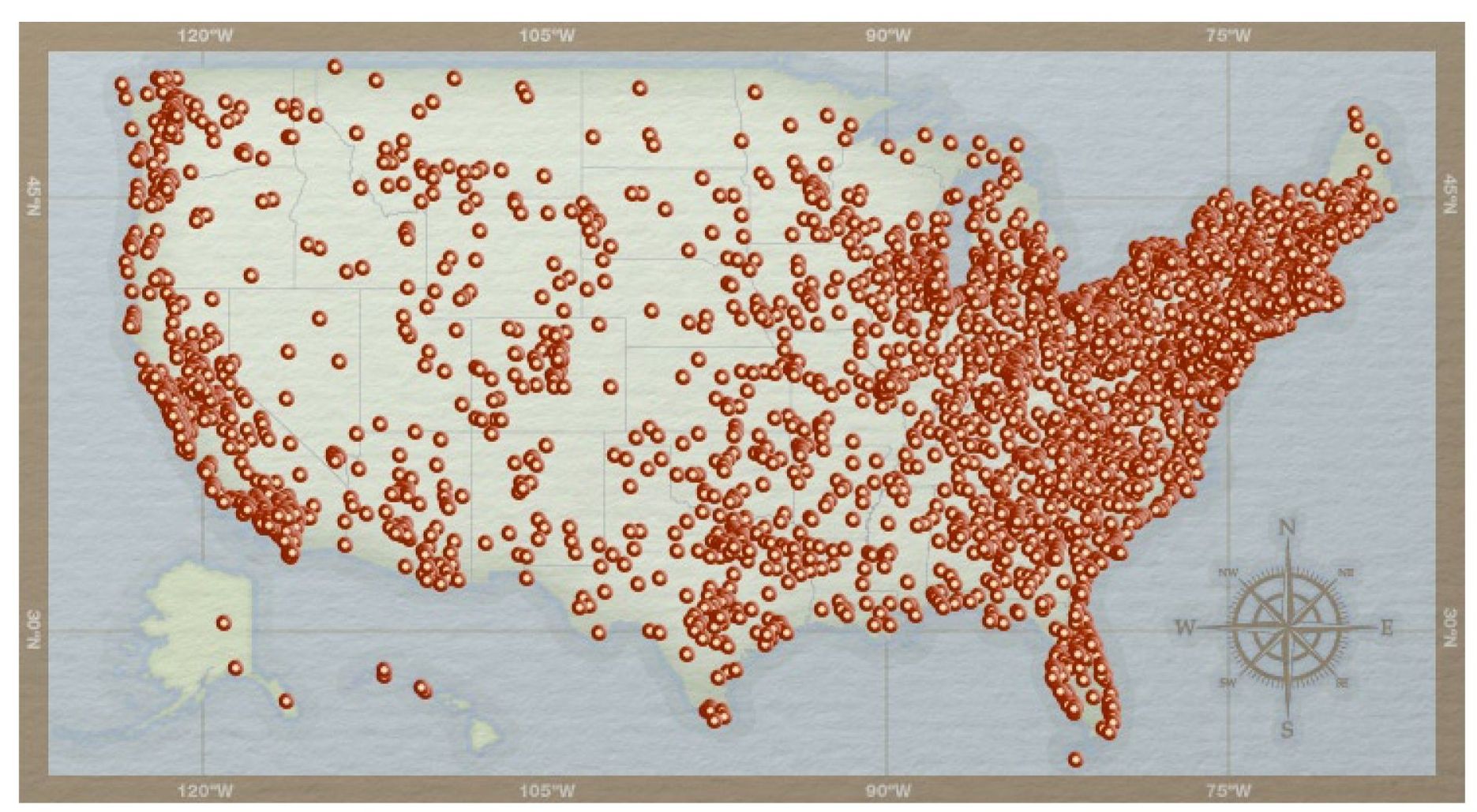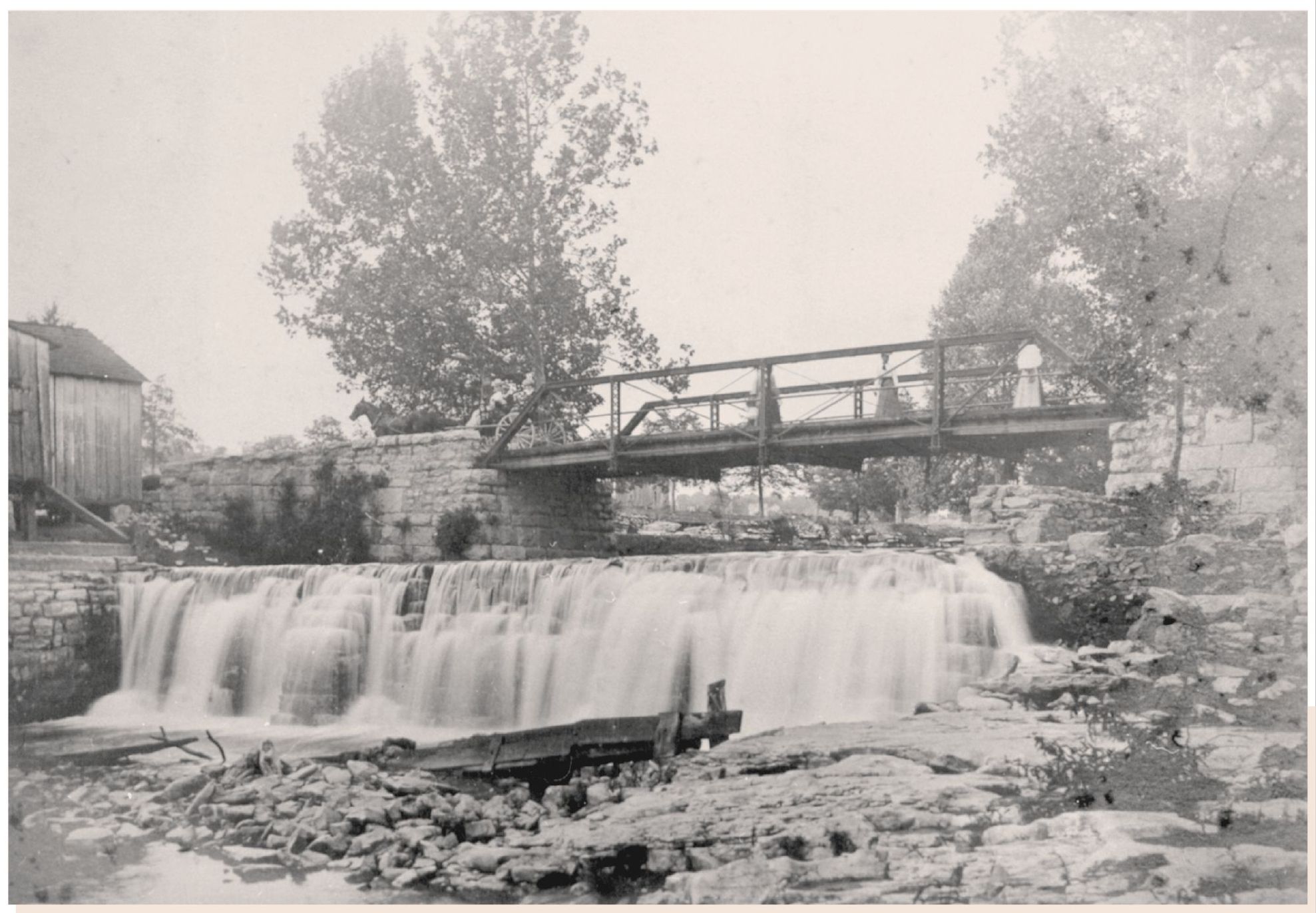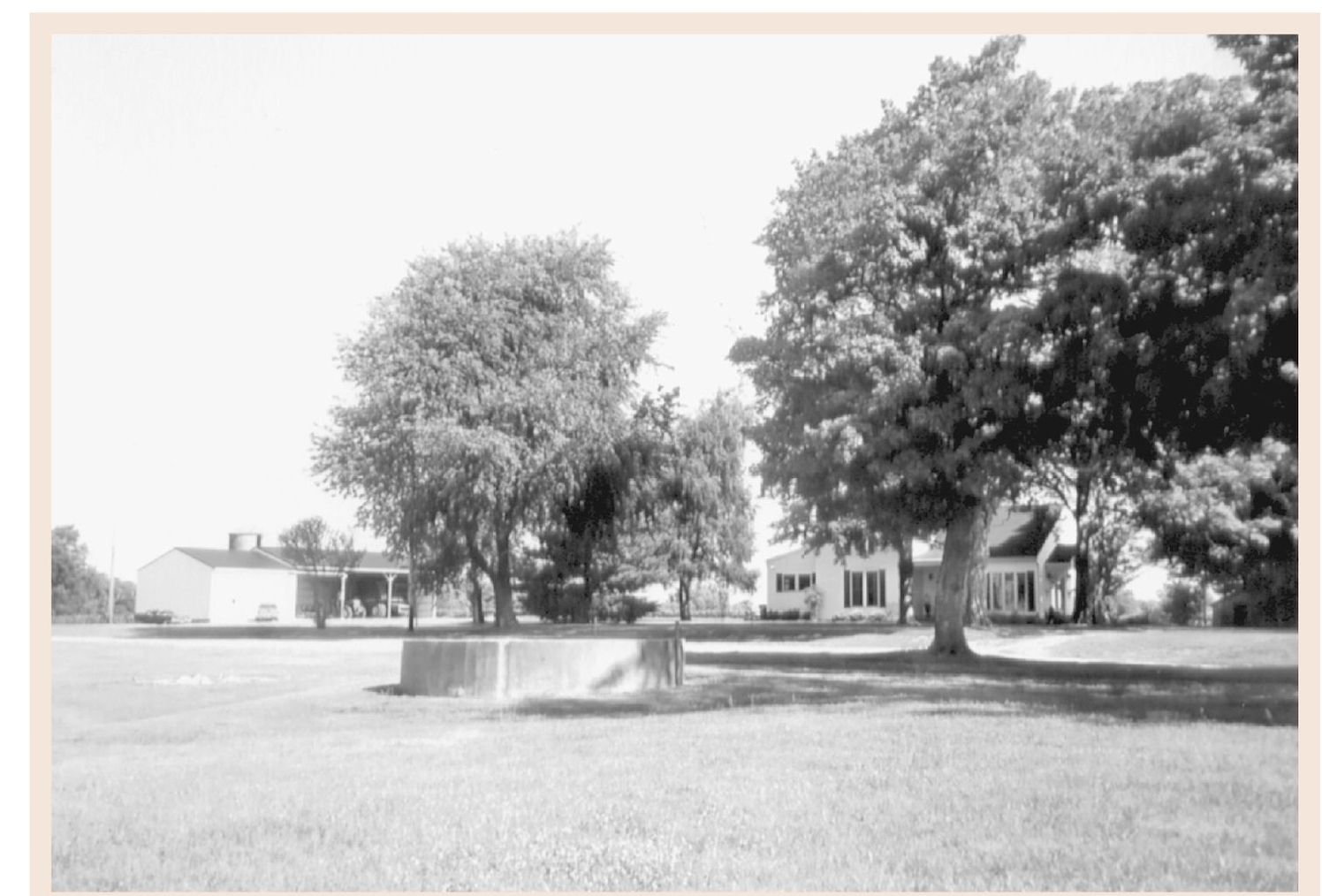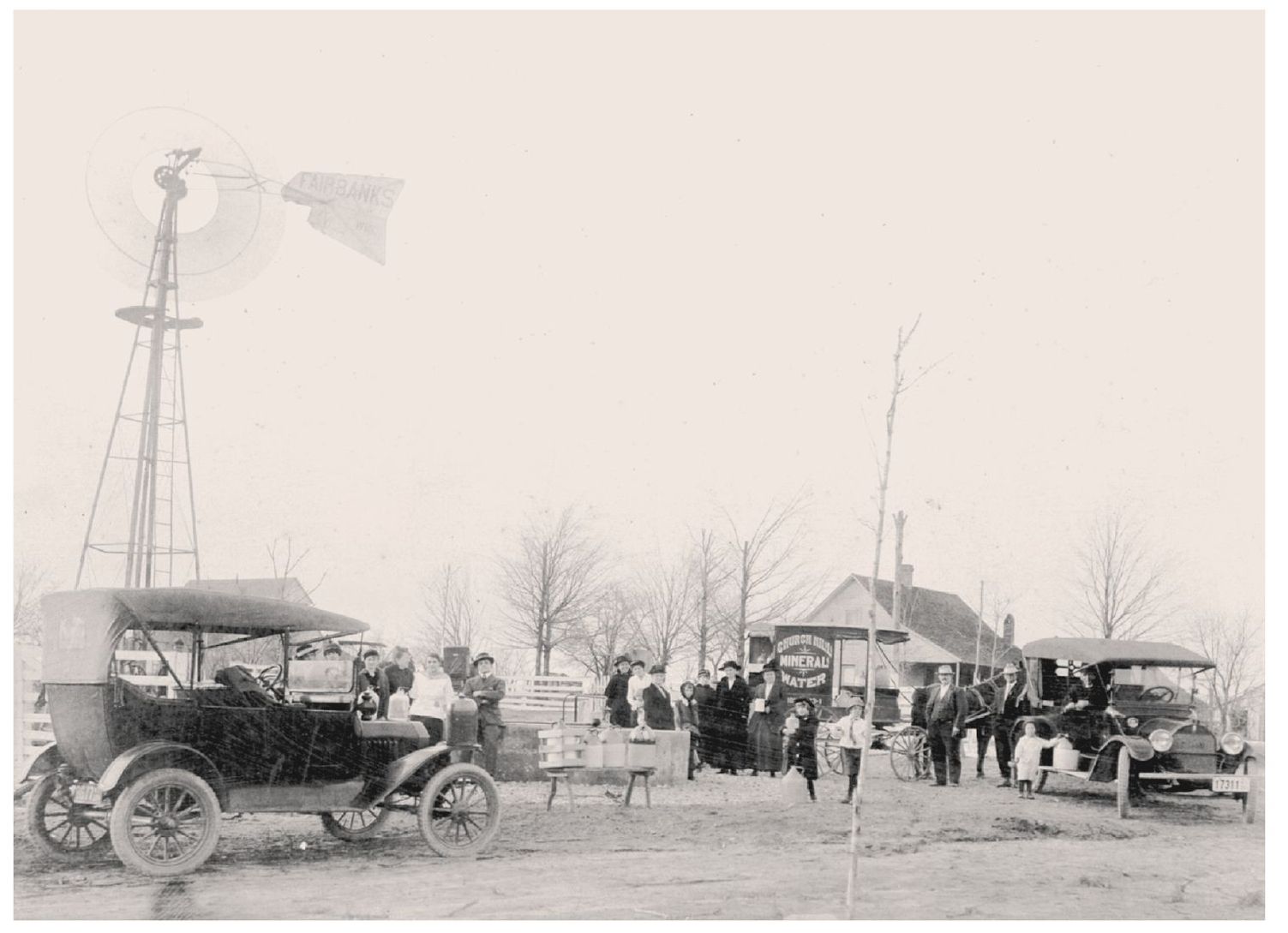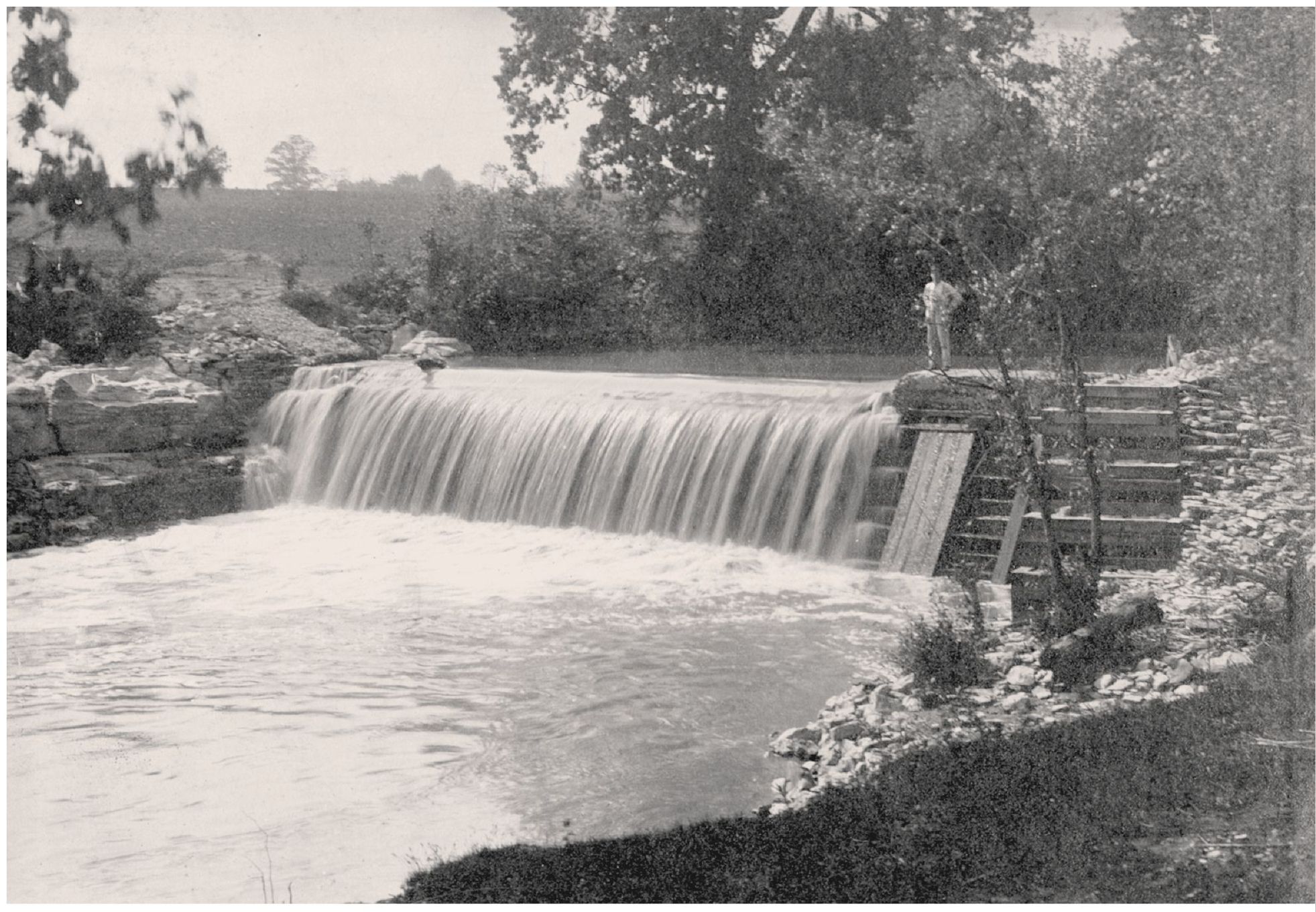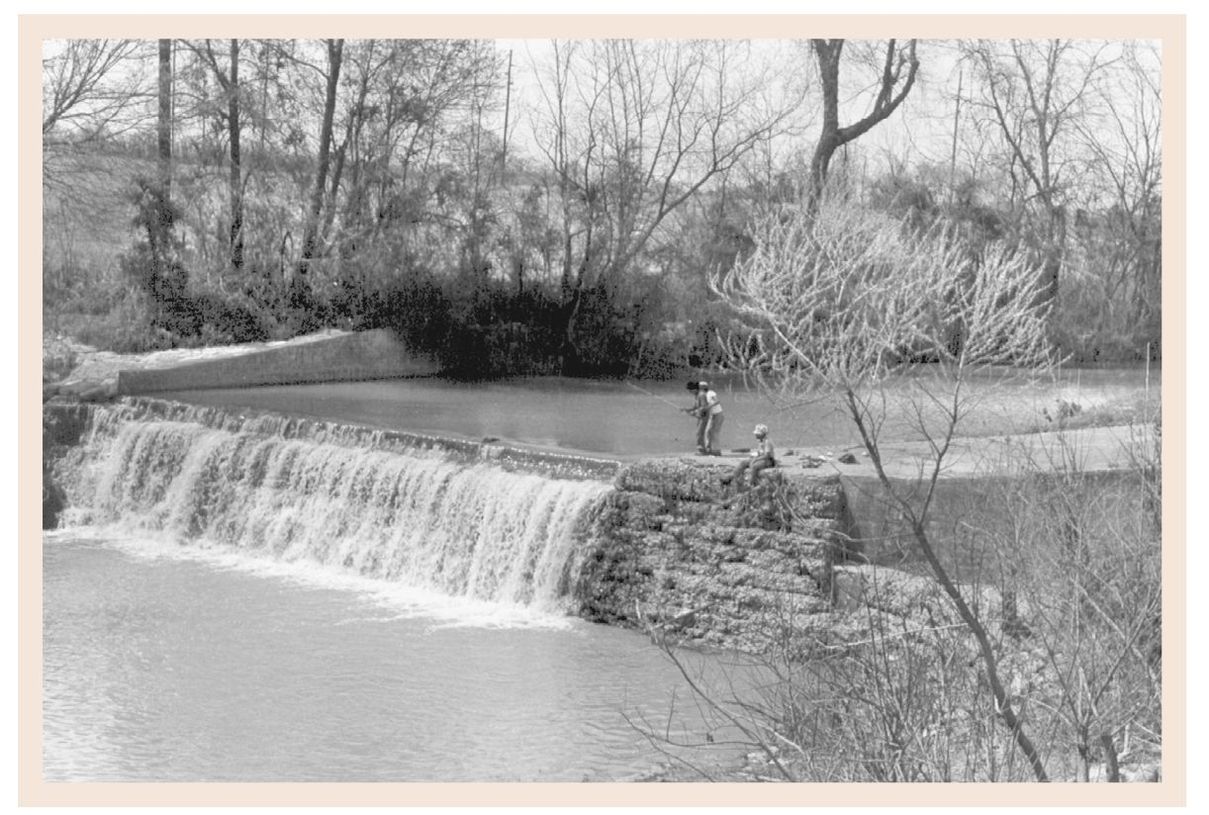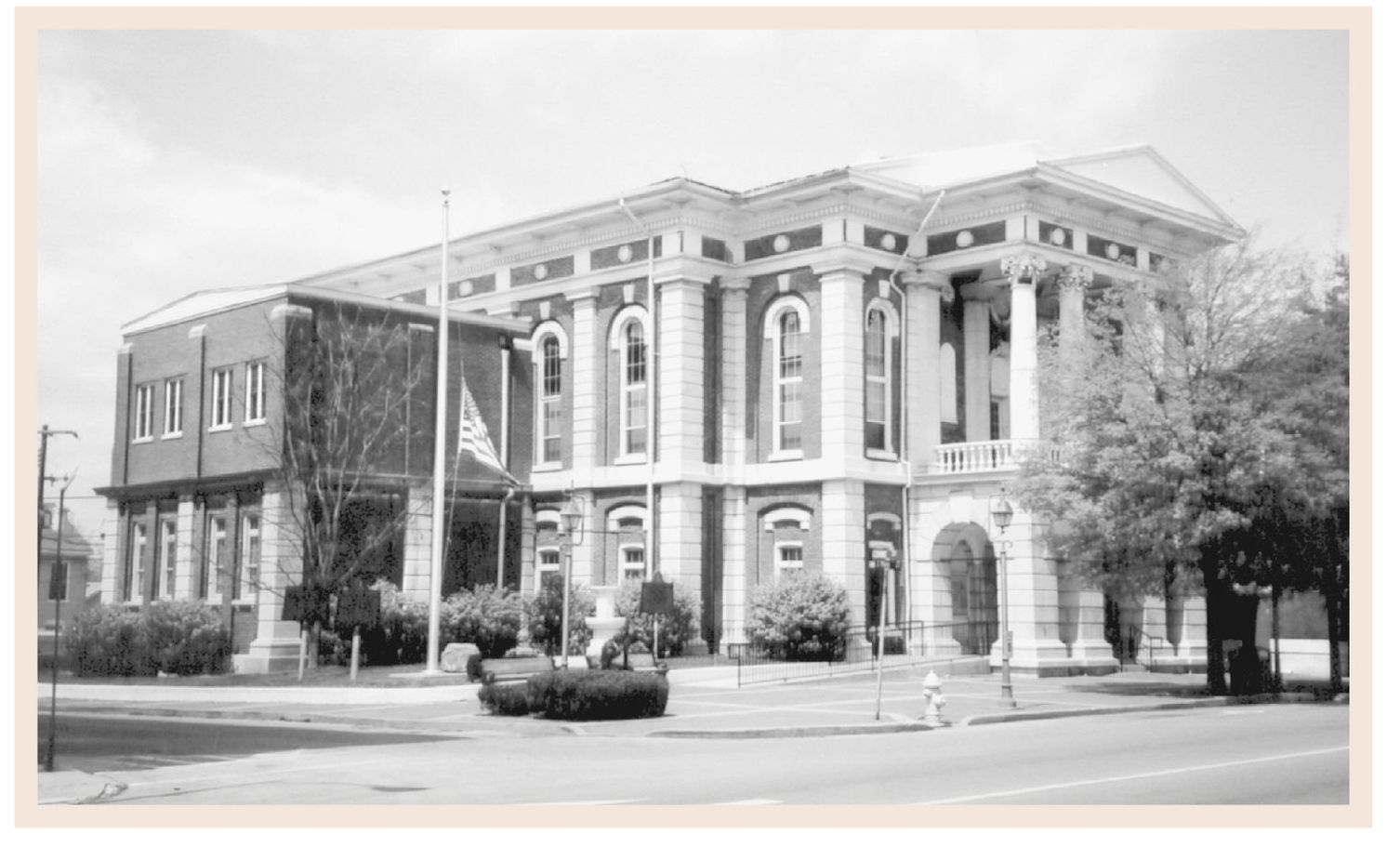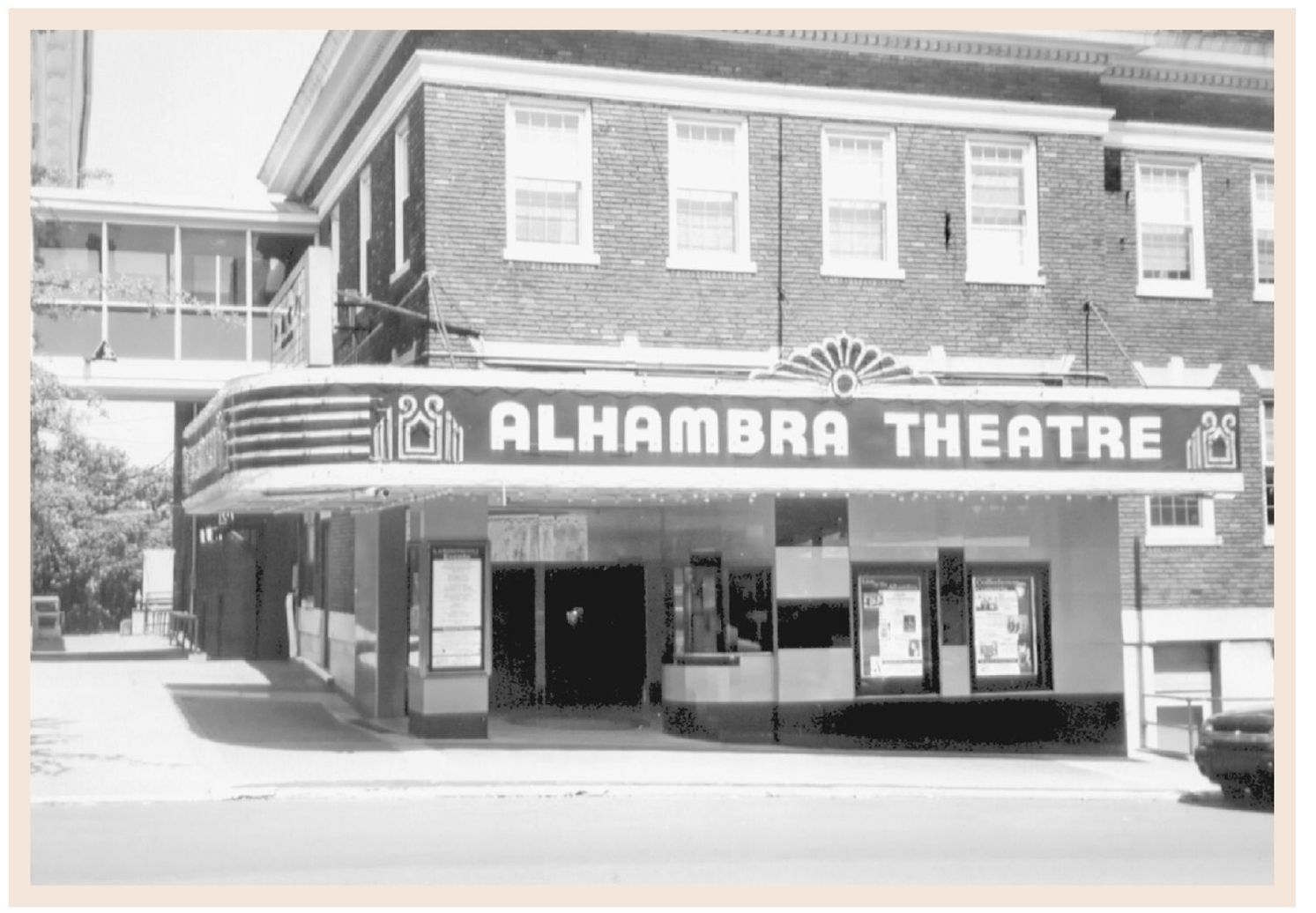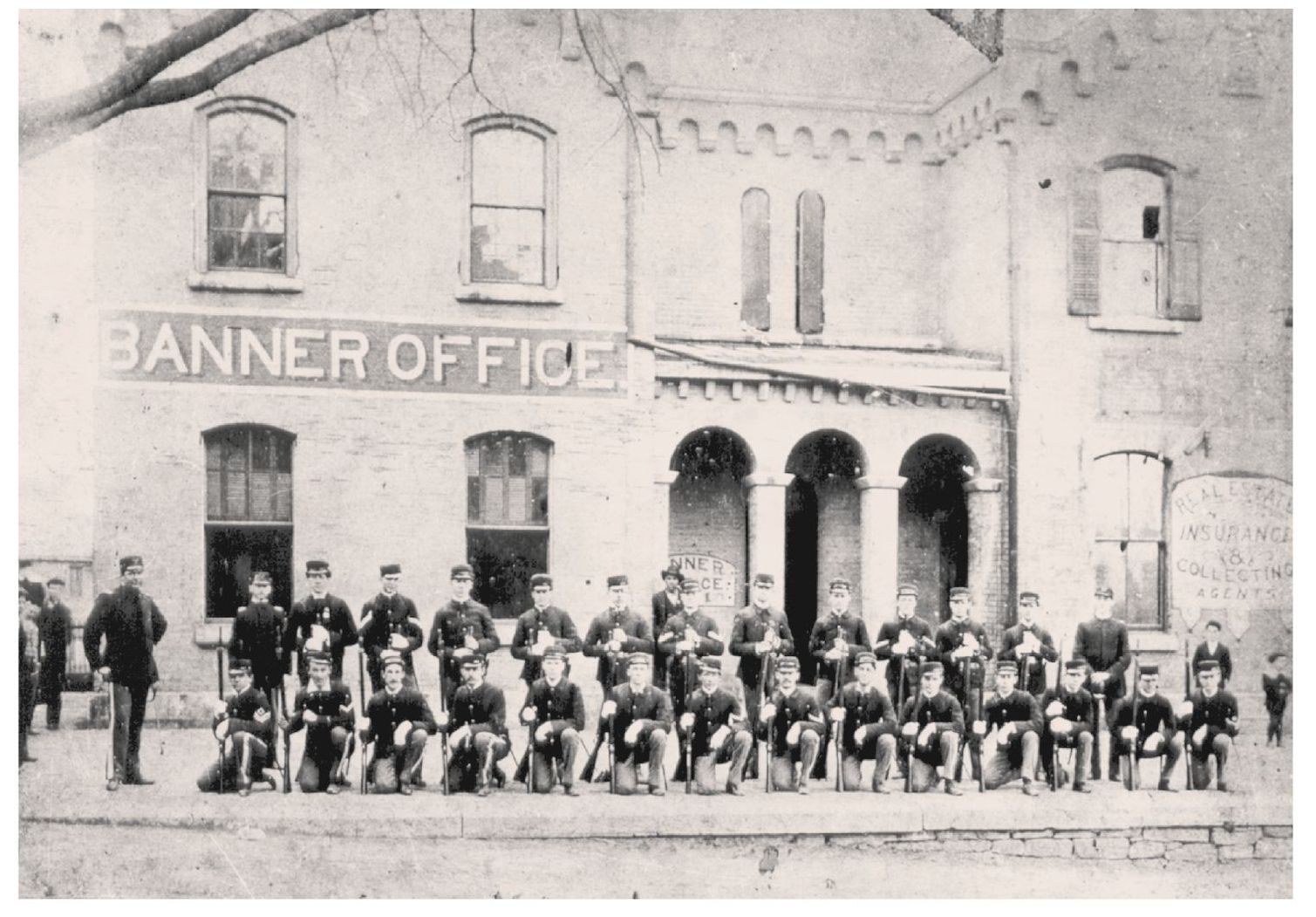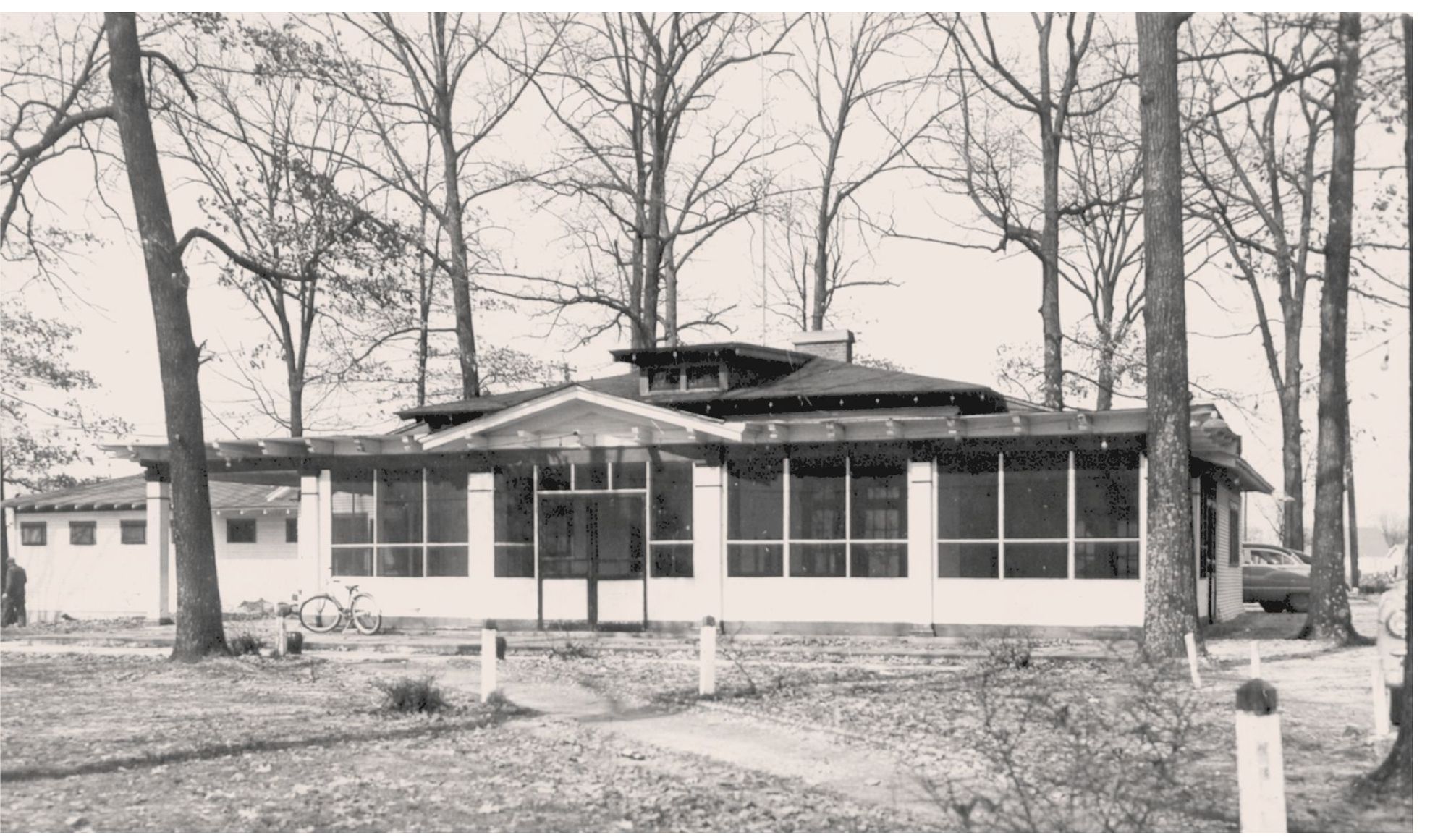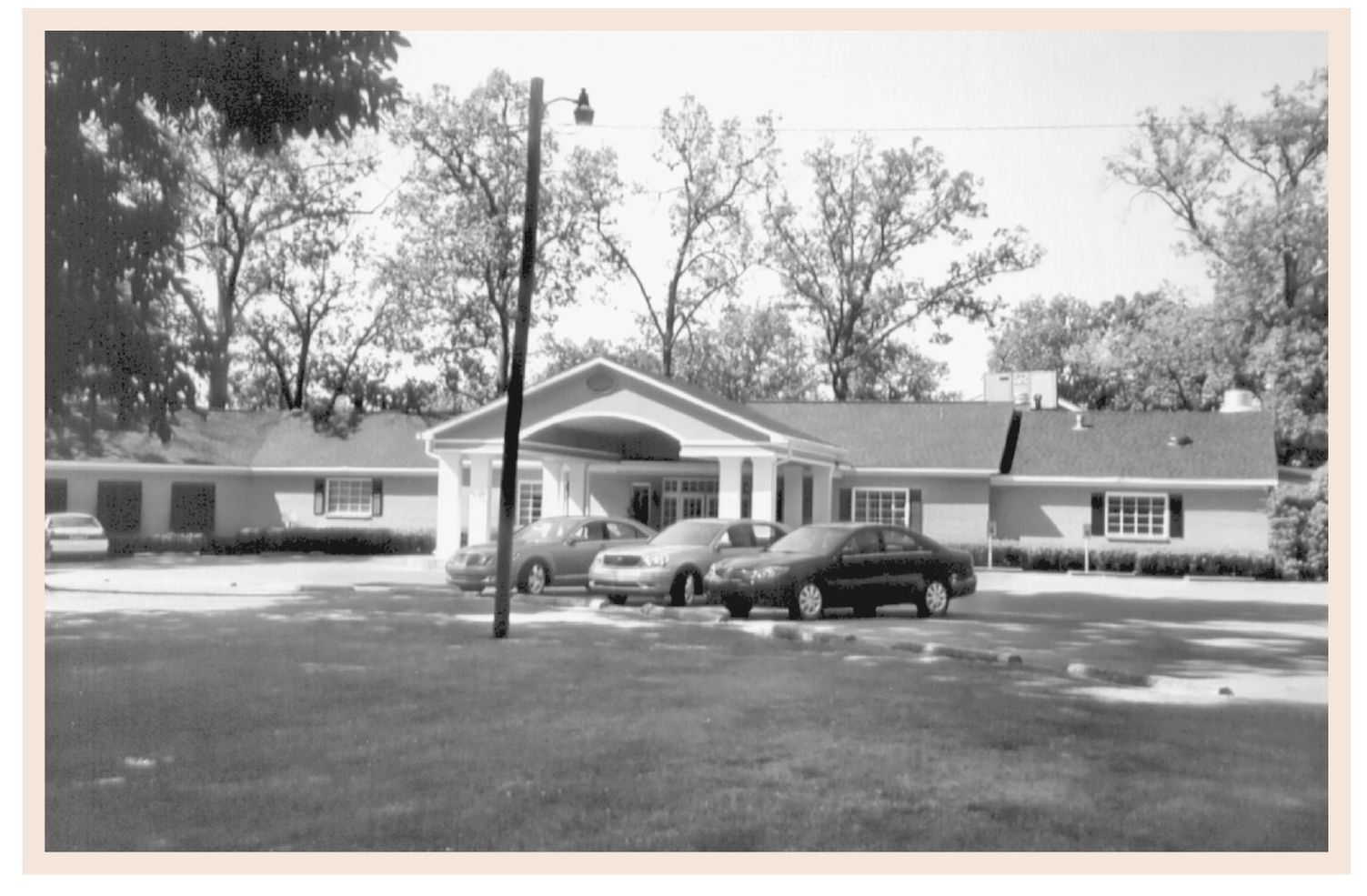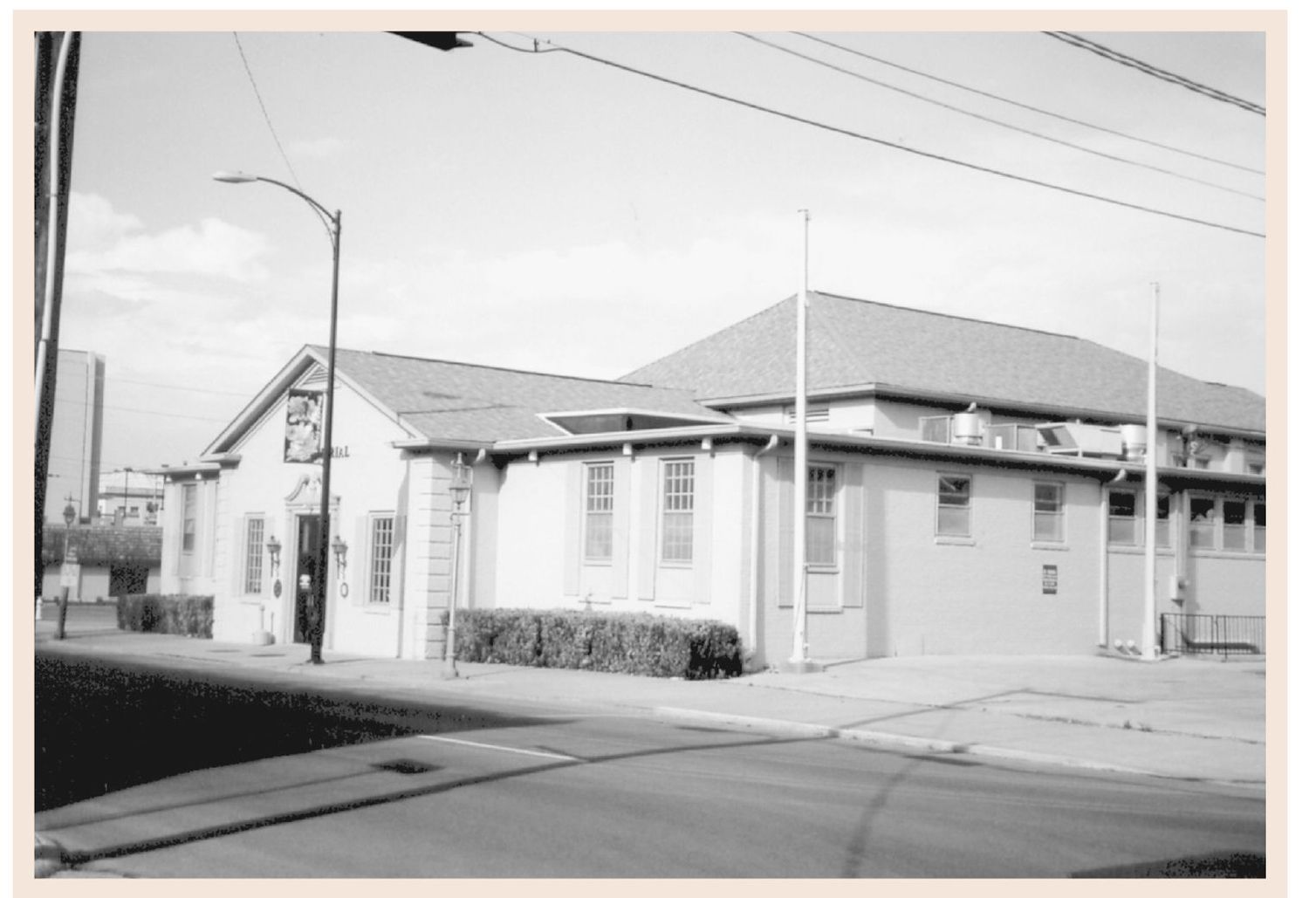ACKNOWLEDGMENTS
We would like to express special thanks to the following for their assistance and motivation in the compiling of this book: LaDonna Dixon Anderson, Lesa Lewis Balboa, Jerry Brockman, D. D. Cayce III, Sara Cooper, Alfred E. BoBo Cravens, Rosemarie Cumbee, Wesley P. Dalton Sr., Mary Debow, Henry Delaney, Seth Delaney, Joe Dorris, Wayne East, Cordelia Gary, Lindsey N. Gilkey, Celestine Graves, Jimmy Hardin, Dyke Higgins, W. E. Knox, Caroline Mabry, J. Brooks Major, L. D. Martin, Joe McShane, Gary Morse, Emily B. Perry, Charles O. Prowse, Harvey Reeder, Elizabeth Hammond Shaw, David C. Smith, Roy Stadleman, James and Iva Stewart, Donna Stone, La Vena E. Turner, John W Venable, John W Woody Winfree, Ben S. Wood III., Capt. Mac Wood, Joe M. Woosley Sr., James Young, and Frank A.Yost.
All of the then images in this volume are from William T. Turners personal collection. Both authors contributed to the photography of the now images.
Find more books like this at
www.imagesofamerica.com
Search for your hometown history, your old
stomping grounds, and even your favorite sports team.
CHAPTER 1
LANDMARKS TREASLIRED MEMORIES
This image of a century ago calls ones attention to the iron bridge and dam across Little River at Cates Mill on present East Ninth Street. A four-lane concrete span across the river is the successor to a wooden-covered bridge and the iron frame-wooden floor bridge featured in this scene. It was near this point that the town settler, Bartholomew Wood, crossed the river into Hopkinsville.
Public interest in mineral water was expressed in this well owned by L. H. Smithson, located on the Cox Mill Road, southwest of Hopkinsville. From 1897 into the mid-1920s, the public drove out to the well for a drink, and proprietor Smithson shipped bottled mineral water for medicinal purposes by rail all over the country. Only the concrete watering trough remains at the site on the farm owned by Kenneth and Sandy Hancock.
The Hopkinsville Waterworks Dam, located on Little River northeast of Hopkinsville, has provided a pool of water to the pumping station since 1895. Constructed of stone and concrete, it reveals little change between the earlier and current images. For over a century, the mill pond created by the dam has been the site of many swimming and fishing trips.
The Christian County Court House, shown in these images from 1895 and the present, has cast a shadow on Main Street for nearly 140 years. Various renovations, most of them inappropriate, have altered the architectural integrity of this landmark. Constructed in 1869 at a cost of $100,000, the building has been enlarged with the addition of electric lights, central heating and cooling, and a new roof.
On the site north of the courthouse, there once stood the county court clerks office building. Constructed in 1852 and torn down in 1927, the building also housed the office of the countys school superintendent, the post office, and the Banner newspaper. This scene in 1897 features the Latham Light Guards, Company D of the State Guard. The Alhambra Theatre, built on the site in 19271928, was the location of a movie theatre until 1978. The structure is now a cultural center for the performing arts.
The Pennyroyal Area Museum, opened in 1976, occupies the former U.S. Post Office, located on the southwest corner of Ninth and Liberty Streets from 1915 until 1967. The 1913 image features two private residences on the site. Charlie Ducker, a carriage manufacturer, lived in the home on the left, Martha J. Quick operated a boardinghouse at center, and Richardson dressmaking shop was located on the right.
The Seventh and Virginia Street location of Kleen Rite Cleaners, owned by Jim Camp, now occupies the site of Hopkinsvilles most famous lost landmarkHotel Latham. The 93-room hotel was in operation from 1895 until its destruction by fire on August 4, 1940. Famous guests included Theodore Roosevelt, William Jennings Bryan, John Phillips Sousa and his band, Ethel Barrymore, and Andy Devine.
Hopkinsville Golf and Country Club, the communitys first, was established in 1916 on Country Club Lane. The earlier image shows the first clubhouse; it was replaced by the present structure in 1953. Many wedding receptions, private parties, and other formal social events have occurred here for nearly 100 years. Activities such as swimming, tennis, and shuffleboard, as well as golf, have made this landmark a popular attraction.

